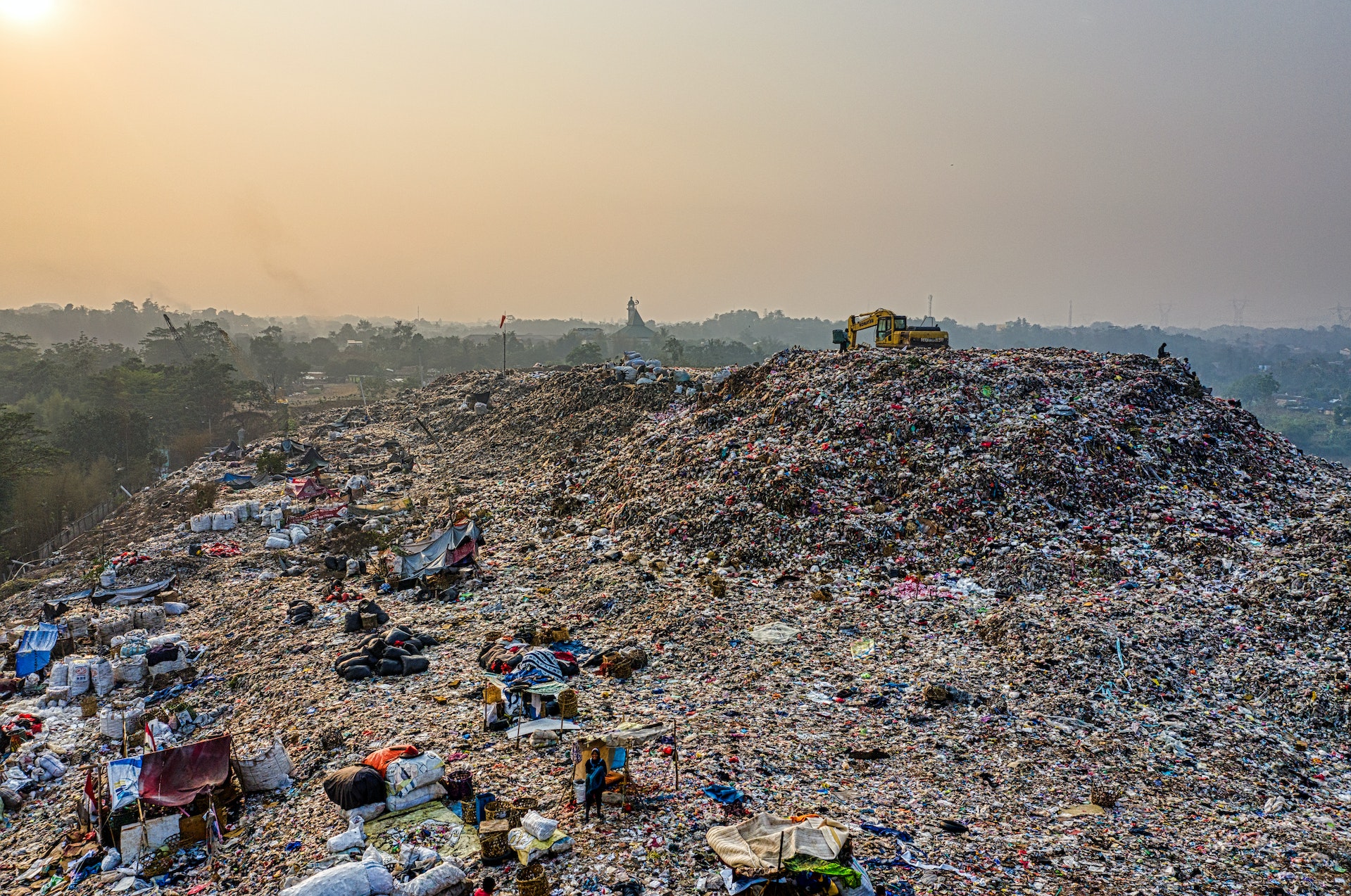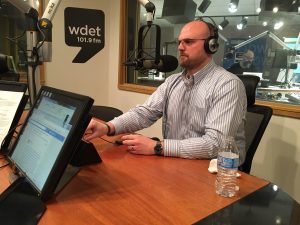Federal regulators prioritize cleaning sites contaminated by ‘forever chemicals’
EPA adds PFAS to Superfund list of hazardous chemicals. Environmental law professor Nick Schroeck explains what that means.

Tom Fisk, Pexels
The federal government officially recognizes what health and environmental experts have known for a long time: PFAS chemicals are hazardous.
The Environmental Protection Agency has added per- and polyfluoroalkyl substances to its Superfund priorities list.
“Adding those chemicals to this list can hopefully hasten cleanup of some of these very contaminated sites.” – Environmental law professor Nick Schroeck, Detroit Mercy

Companies have used perflourooctane sulfonic acid (PFOS) and perflourooctanoic acid (PFOA) to make a host of household products, such as Telfon-coated cookware and consumer electronics. Firefighting foam also contains PFAS. The compounds have contaminated local water supplies by leaking from landfills into groundwater, lakes, rivers and private wells.
Some scientists call PFAS “forever chemicals” because they don’t break down naturally in the environment or the body. PFAS have been linked to cancer and other health problems.
Nick Schroeck directs the Environmental Law Clinic at the University of Detroit Mercy. He says the EPA’s action makes cleanup PFAS more urgent.
“Superfund laws provide federal money to cleanup contaminated sites,” Schroeck says. “Adding those chemicals to this list can hopefully hasten the cleanup of some of these very contaminated areas.”
Read more: A new method for breaking down PFAS shows promise
Schroeck says the new Infrastructure Investment and Jobs Act added millions of dollars to the Superfund program. But he cautions that it’ll take more than one-time funding to address PFAS.
“Adding PFOS and PFOA to that list of sites that need to be cleaned up is just going to cost more money,” he says. “We need to make sure Congress continues to appropriate dollars to do this work.”
Schroeck says the Superfund program follows the “polluter pay” principle. That allows the EPA to hold polluters accountable for PFAS contamination.
“If you can identify the source of these PFOS or PFOA–who used them, who transported them–the EPA can go after any of these potentially responsible parties for the cost of cleanup.”
Cleanup is expensive and difficult
One challenge of cleaning up PFAS is figuring out where to put it. Contaminated soil often ends up in landfills or treatment sites that can handle hazardous chemicals.
Schroeck says this creates an environmental justice issue.
“Most of our hazardous waste processing facilities are in communities of color or low-income communities,” he says. “So you could be moving PFAS from a more affluent area or a rural area and bringing it into a disposal site in a city or neighborhood that’s already experiencing lots of pollution.”
Schroeck says the EPA is already hearing from environmental justice advocates on that problem.
Listen: Environmental law professor explains impact of PFAS being classified as hazardous chemicals.
Photo Credit: Tom Fisk
Trusted, accurate, up-to-date.
WDET strives to make our journalism accessible to everyone. As a public media institution, we maintain our journalistic integrity through independent support from readers like you. If you value WDET as your source of news, music and conversation, please make a gift today.
